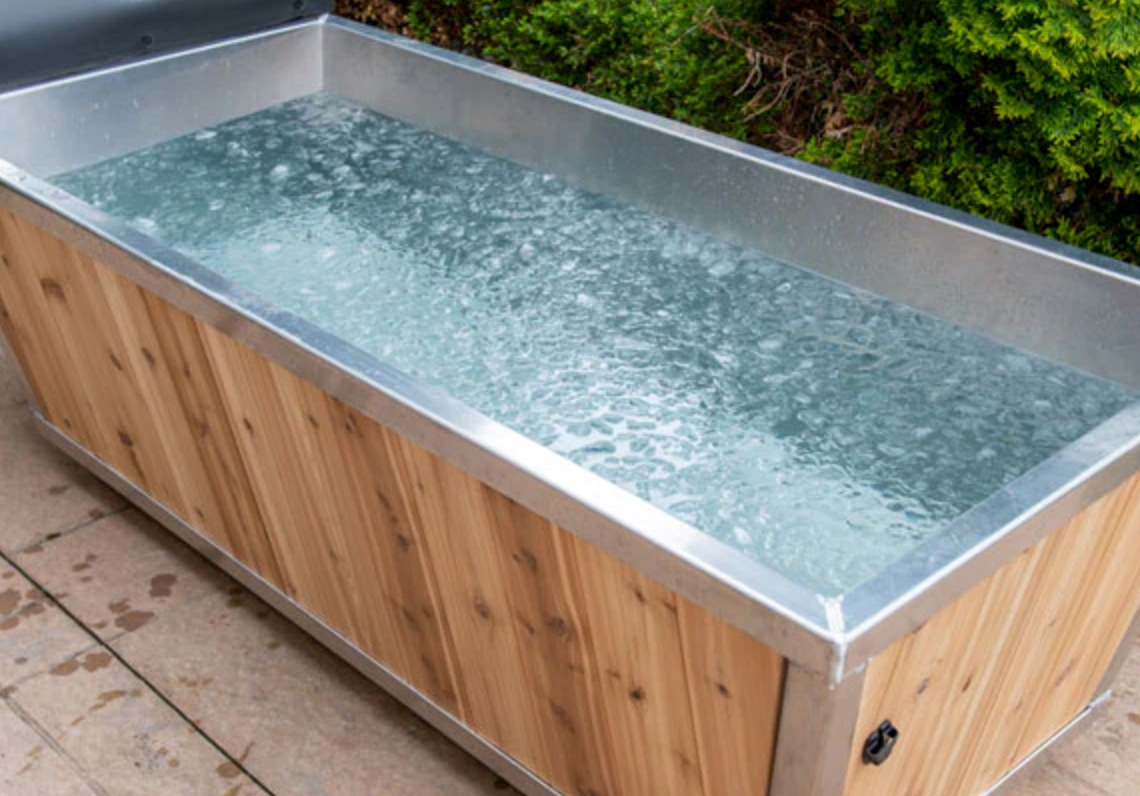Navigating the world on wheels brings a unique perspective, one where every inch and obstacle counts. Imagine the simple act of passing through a doorway becoming a daily challenge, a test of will and maneuverability. For wheelchair users, the width of a doorway isn't just a measurement; it's a symbol of accessibility, independence, and inclusivity.
So, when we ask, "How wide does a doorway need to be for a wheelchair?", we're delving into a topic that's about more than just numbers. It's about ensuring that every individual, regardless of their mode of mobility, can move freely and with dignity in the spaces they inhabit.
Dive in with us as we explore the dimensions of accessibility and why they matter.
Understanding the Basics
When we think about accessibility, one of the first things that comes to mind is wheelchair access. For those who rely on wheelchairs for mobility, navigating through doorways can be a daily challenge. But how wide does a doorway really need to be to accommodate a wheelchair? The answer isn't just about numbers; it's about ensuring inclusivity and ease of access for everyone.
According to the Americans with Disabilities Act (ADA), the standard minimum width for a wheelchair-accessible doorway is 32 inches. This measurement is taken from the door's face when it's open at 90 degrees to the opposite stop. However, while 32 inches is the minimum, it's essential to note that wider is often better.
Some wheelchairs, especially those designed for larger individuals or those with specialized equipment, may require more space. Therefore, when designing or modifying spaces, it's always a good idea to aim for a bit more than the minimum to ensure everyone can pass through comfortably.
The Evolution of Accessibility Standards
The journey towards creating an inclusive environment hasn't been straightforward. Over the decades, architects, designers, and activists have collaborated to develop standards that cater to the needs of wheelchair users. Initially, many public spaces and buildings were constructed without considering accessibility. It was only after the realization that a significant portion of the population was being excluded that change began to take root.
The ADA, established in 1990, was a monumental step in this direction. It set forth clear guidelines for businesses and public spaces, ensuring that individuals with disabilities could access and navigate them with ease. But the ADA didn't just appear out of thin air. It was the result of years of advocacy, highlighting the challenges faced by those with disabilities. By understanding the history and evolution of these standards, we can appreciate the progress made and recognize the work still ahead.
The Broader Implications of Inclusive Design
While our focus here is on doorways and wheelchairs, the principles of inclusive design extend far beyond. An inclusive environment is one that caters to the needs of all its users, regardless of age, ability, or circumstance. This means considering the elderly who might need handrails, the visually impaired who benefit from tactile paving, and even parents pushing strollers.
Inclusive design isn't just about physical infrastructure. It's also about fostering an attitude of acceptance and understanding. When spaces are designed with everyone in mind, it sends a powerful message: "You belong here." This sense of belonging can have profound effects on an individual's self-worth and societal integration. By championing inclusive design, we're not just making spaces accessible; we're building a more inclusive and empathetic society.
Why Doorway Width Matters
Imagine being in a place where you can't enter a room or a building because the doorway is too narrow. It's not just about physical access; it's about dignity, independence, and the ability to participate fully in society. For wheelchair users, a doorway that's even an inch too narrow can be the difference between attending an event or missing out, between living independently or relying on others for help.
Research shows that wider doorways not only benefit wheelchair users but also others, including parents with strollers, delivery personnel with carts, and even someone carrying a large package. It's a design choice that, while initially intended for a specific group, ends up benefiting everyone. Real-life experiences from wheelchair users highlight the importance of this.
Many recount stories of struggling with narrow doorways, of scraping their hands or the sides of their chairs, or even of being unable to enter a place altogether. These experiences underscore the importance of adhering to, and whenever possible, exceeding the ADA's recommendations.
Practical Tips for Ensuring Wheelchair Accessibility
If you're a homeowner looking to make your space more accessible or a business owner aiming to ensure your establishment is welcoming to all, here are some practical tips:
- Measure Correctly: When measuring a doorway's width, ensure you're measuring the actual clear width and not just the door's size. Remember, handles, moldings, and other fixtures can reduce the clear space.
- Consider the Entire Pathway: It's not just about the doorway. Ensure that the paths leading up to and away from the door are also clear and free of obstacles. This includes making sure there's enough space for a wheelchair to turn around if needed.
- Think Beyond Width: Other factors, like the door's weight and the force required to open it, can also impact accessibility. Automatic doors or doors with easy-to-use handles can make a significant difference.
- Seek Feedback: If you're unsure about accessibility, ask for feedback from wheelchair users or accessibility experts. They can provide valuable insights and might point out issues you hadn't considered.
In Conclusion
Ensuring that doorways are wide enough for wheelchairs is more than just adhering to regulations; it's about creating inclusive spaces where everyone feels welcome and valued.
By understanding the importance of doorway width and taking practical steps to ensure accessibility, we can make our communities more inclusive and accommodating for all. Remember, it's not just about the numbers; it's about people, their experiences, and their right to access and participate in the world around them.
Discover Freedom with Nurture Mobility Chairs
Life's too short to be held back by mobility challenges. At Nurture Mobility, we believe in empowering you to move freely, comfortably, and with confidence. Whether you're navigating the bustling streets of the city or enjoying a quiet afternoon in the park, our mobility chairs are designed to be your reliable companion.
🔗 Experience the Difference with Nurture Mobility Chairs
Don't let anything hold you back. Explore our range of state-of-the-art mobility chairs and find the perfect fit for your lifestyle. Your journey to enhanced mobility starts here. Join the Nurture Mobility family today!












Leave a comment
This site is protected by hCaptcha and the hCaptcha Privacy Policy and Terms of Service apply.